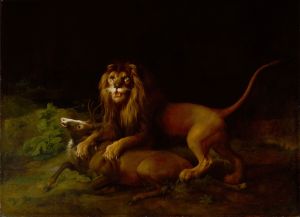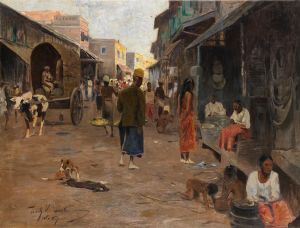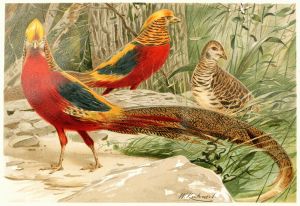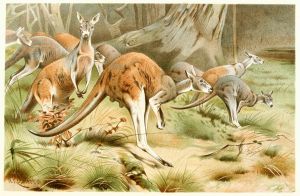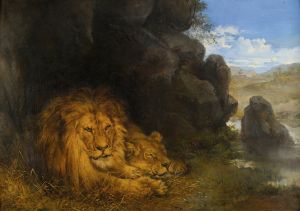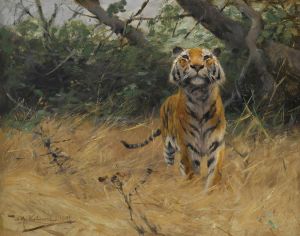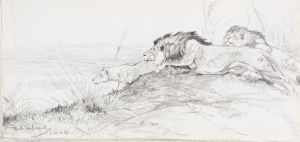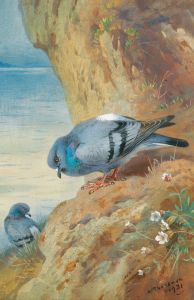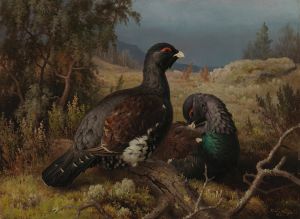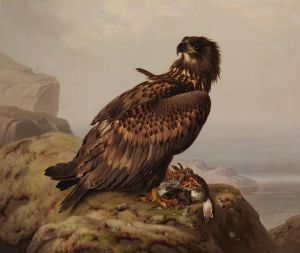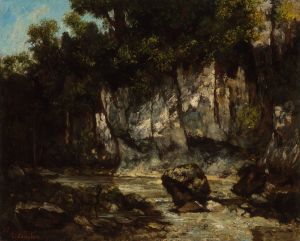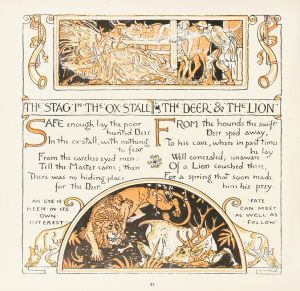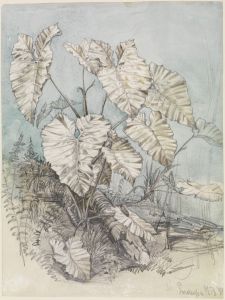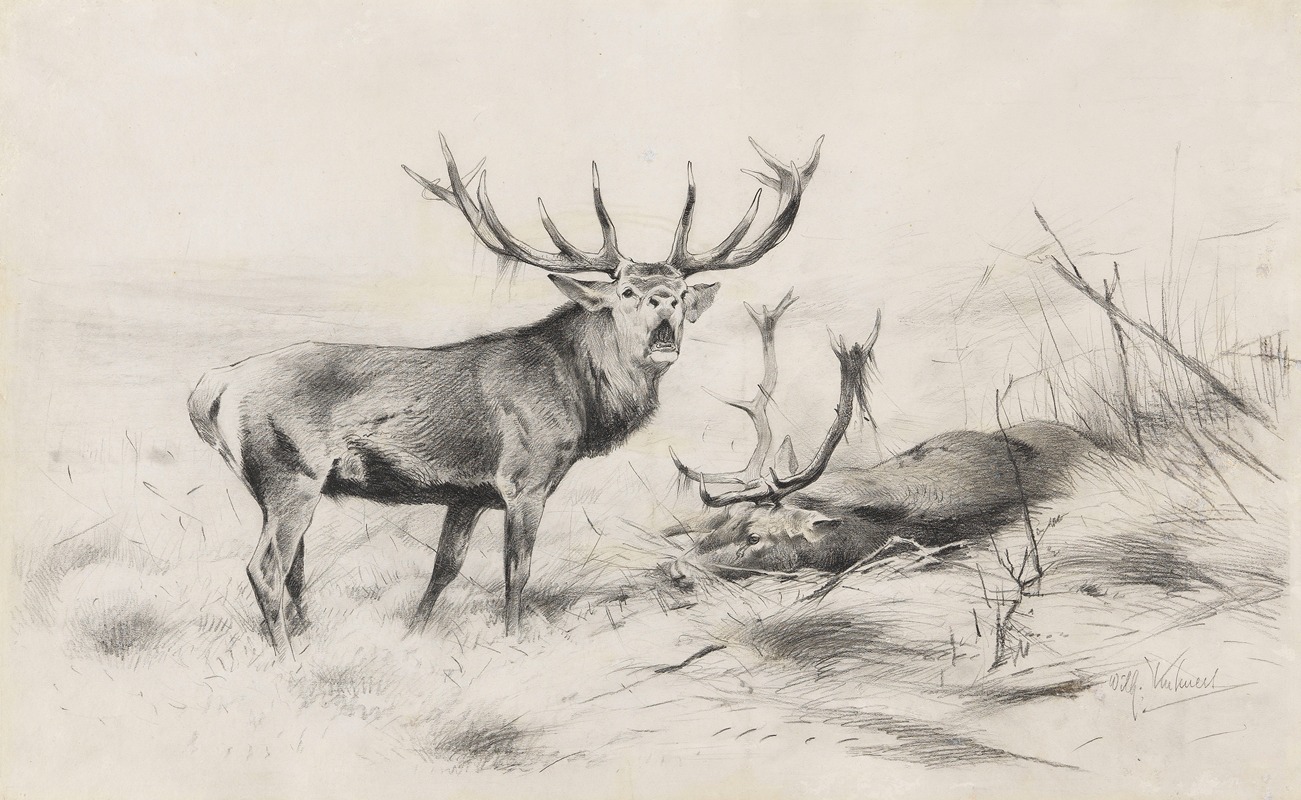
Besiegt
A hand-painted replica of Wilhelm Kuhnert’s masterpiece Besiegt, meticulously crafted by professional artists to capture the true essence of the original. Each piece is created with museum-quality canvas and rare mineral pigments, carefully painted by experienced artists with delicate brushstrokes and rich, layered colors to perfectly recreate the texture of the original artwork. Unlike machine-printed reproductions, this hand-painted version brings the painting to life, infused with the artist’s emotions and skill in every stroke. Whether for personal collection or home decoration, it instantly elevates the artistic atmosphere of any space.
Wilhelm Kuhnert (1865–1926) was a renowned German painter, illustrator, and author, celebrated for his detailed and realistic depictions of wildlife. He is particularly noted for his work during the late 19th and early 20th centuries, a time when the fascination with exotic animals and faraway lands was at its peak in Europe. Kuhnert's paintings often featured African wildlife, which he studied extensively during his travels to the continent.
One of his notable works is "Besiegt," which translates to "Defeated" in English. This painting exemplifies Kuhnert's mastery in capturing the raw and often harsh realities of nature. While specific details about "Besiegt" are limited, it is consistent with Kuhnert's broader oeuvre, which frequently depicted scenes of predator and prey, highlighting the survival struggles inherent in the animal kingdom.
Kuhnert's approach to painting was deeply influenced by his expeditions to Africa, where he meticulously observed animals in their natural habitats. These trips provided him with firsthand experiences that he translated into his art, allowing him to portray animals with an authenticity that was rare among his contemporaries. His dedication to realism was further supported by his studies at the Royal Academy of Arts in Berlin, where he honed his skills in drawing and painting.
"Besiegt" likely reflects Kuhnert's ability to convey the drama and tension of the natural world. His paintings often feature a dynamic composition, with a keen attention to detail that brings the scene to life. The use of light and shadow in his work adds depth and intensity, drawing viewers into the moment captured on canvas. This technique not only showcases his technical skill but also his deep understanding of the subjects he painted.
Kuhnert's work was part of a broader movement during his time that sought to document and celebrate the natural world. His paintings served both as art and as a form of education, providing audiences with a glimpse into the lives of animals they might never see in person. This dual purpose contributed to his popularity and the lasting impact of his work.
In addition to his paintings, Kuhnert's illustrations were widely published in books and magazines, further cementing his reputation as a leading wildlife artist of his era. His contributions to the field of wildlife art have been recognized as pioneering, influencing generations of artists who followed.
Despite the passage of time, Wilhelm Kuhnert's work continues to be appreciated for its artistic merit and its role in bringing the beauty and brutality of the natural world to a wider audience. His paintings, including "Besiegt," remain valuable pieces in art collections and are studied for their historical and artistic significance.





